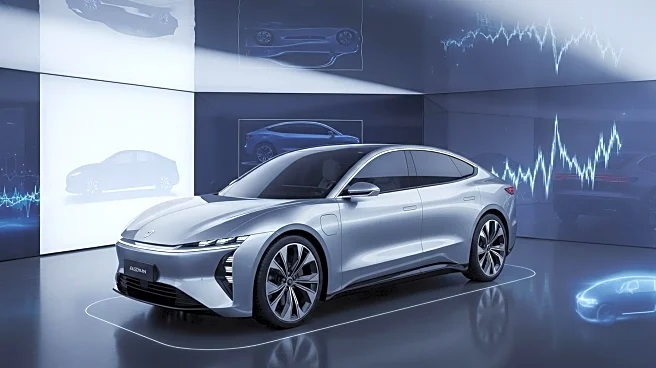What's Happening?
Brands across various industries are rethinking their approach to audience planning, moving it upstream to align media strategy with long-term business objectives. This shift transforms audience planning from a tactical exercise to a strategic service, directly influencing business growth. By focusing on future audiences rather than current customer bases, brands aim to identify new growth opportunities. This approach is particularly relevant in industries like automotive, where the transition to electric vehicles requires targeting new demographics. Audience planning now begins with business strategy, ensuring media decisions support broader corporate goals.
Why It's Important?
The upstream shift in audience planning is crucial for brands seeking to adapt to changing market dynamics and consumer preferences. By aligning media strategy with long-term objectives, companies can better position themselves for future growth. This approach allows brands to identify and target emerging audiences, ensuring they remain relevant in a rapidly evolving marketplace. In the automotive industry, for example, understanding the preferences of younger, more diverse consumers is essential for successfully transitioning to electric vehicles. The strategic integration of audience planning can drive innovation and transformation across various sectors.
What's Next?
As audience planning becomes a core strategic service, brands and agencies will need to invest in technologies like AI to enhance their capabilities. AI can accelerate audience exploration, allowing for dynamic and real-time analysis of consumer behavior. This technological integration will enable more precise targeting and efficient media planning. Brands must also redefine their partnerships with agencies, focusing on collaboration to achieve long-term business goals. The shift towards upstream audience planning will require continuous adaptation and innovation to meet the evolving needs of consumers and the market.










